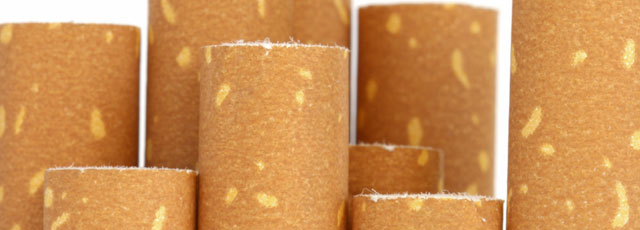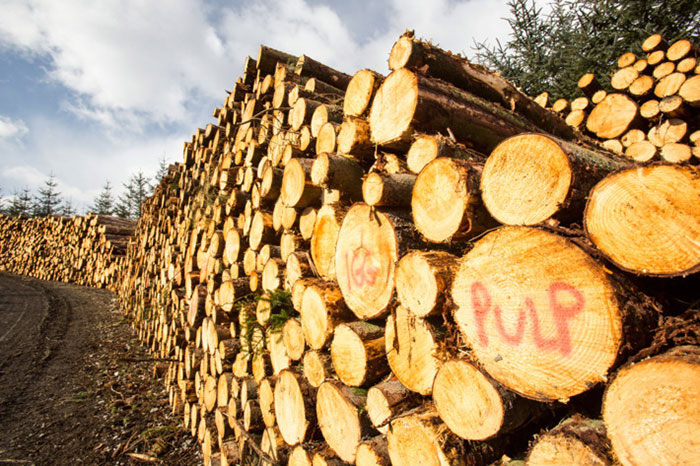A Complete Guide to Cigarette Tipping Paper

1. Introduction
What is Cigarette Tipping Paper?
Cigarette tipping paper is the outermost layer that wraps around the filter of a cigarette. This specialized paper plays a crucial role in ensuring a cohesive structure and providing an enhanced smoking experience. It is designed to adhere securely to the filter while maintaining the aesthetic appeal of the finished product. Typically, tipping paper features perforations or designs that contribute to airflow and user satisfaction.
Why is it Important in Cigarette Manufacturing?
Tipping paper serves both functional and branding purposes. Functionally, it protects the filter, ensures durability during handling, and regulates air intake through perforations. From a branding perspective, it allows manufacturers to customize designs, colors, and logos, making cigarettes visually distinctive and appealing. Furthermore, high-quality tipping paper enhances the overall smoking experience by ensuring consistent performance and comfort.
2. Materials Used

Cellulose and Fiber Composition
Cigarette tipping paper is primarily made from cellulose fibers derived from wood pulp. This natural material ensures biodegradability and compliance with environmental standards. The fibers are processed to achieve a balance between strength and flexibility, enabling the paper to wrap seamlessly around filters without tearing or crumpling.
Additives for Strength and Durability
To enhance the functionality of tipping paper, manufacturers often incorporate additives such as calcium carbonate and other fillers. These substances improve the paper’s durability, texture, and opacity, ensuring it withstands manufacturing processes and consumer handling. Additionally, food-grade adhesives are used to secure the paper to the filter without compromising safety.
3. Key Features
Porosity and Breathability
One of the most critical characteristics of cigarette tipping paper is its porosity. Perforated tipping paper allows for controlled airflow, which can influence the draw resistance and overall smoking experience. This breathability also plays a role in reducing harmful chemical intake by facilitating a more balanced burn.
Texture and Adhesive Properties
The texture of tipping paper impacts its usability and aesthetic appeal. Smooth, well-finished paper ensures comfort for the smoker while holding the cigarette. Additionally, the adhesive properties must strike the right balance—strong enough to maintain a secure bond but not so excessive that it interferes with the smoking experience.
4. Types
Cigarette tipping paper comes in various types to meet diverse needs:
Perforated vs. Non-Perforated
Perforated paper allows for better airflow control, while non-perforated paper offers a tighter seal for a stronger draw.
Printed and Embossed Options
Custom designs, patterns, or embossed textures are often used to enhance branding and consumer appeal.
Standard vs. Eco-Friendly
Traditional tipping papers are made using conventional processes, while eco-friendly variants focus on sustainable materials and manufacturing techniques.
Conclusion
Cigarette tipping paper is a small yet indispensable component in cigarette manufacturing. From its material composition to its customizable features, it significantly impacts both the functional and aesthetic aspects of cigarettes. By understanding the properties and types of tipping paper, manufacturers can ensure a superior smoking experience while aligning with environmental and regulatory standards. As the industry evolves, innovations in materials and design will continue to shape the future of cigarette tipping paper.

